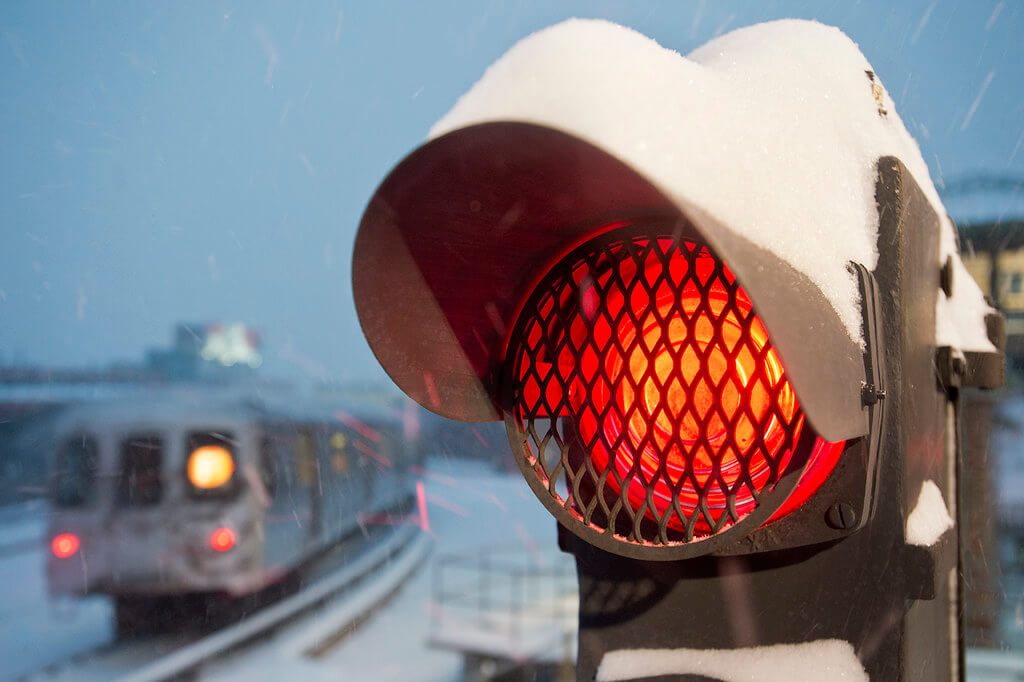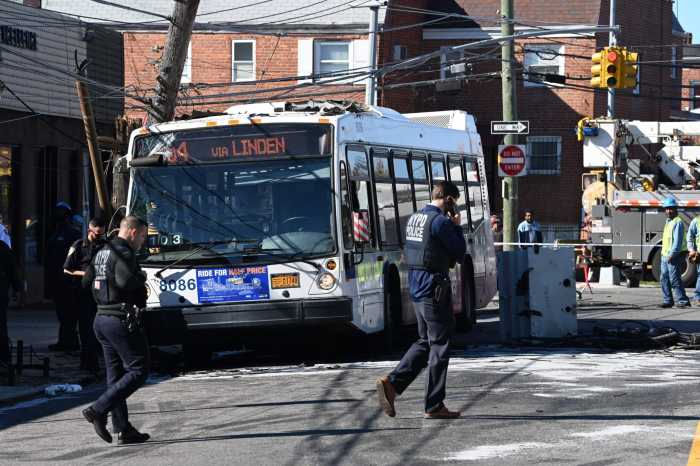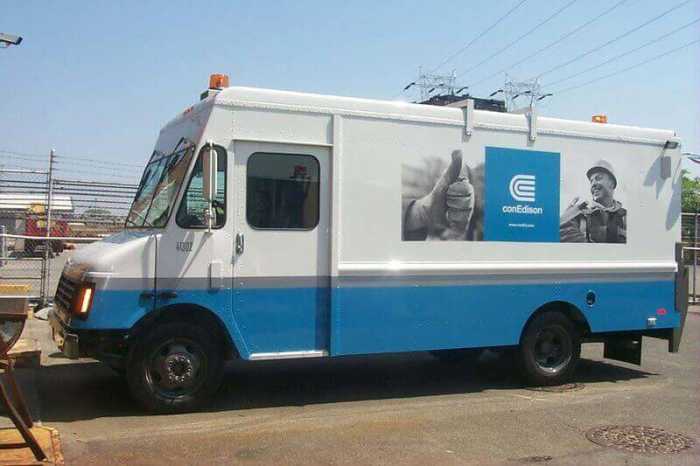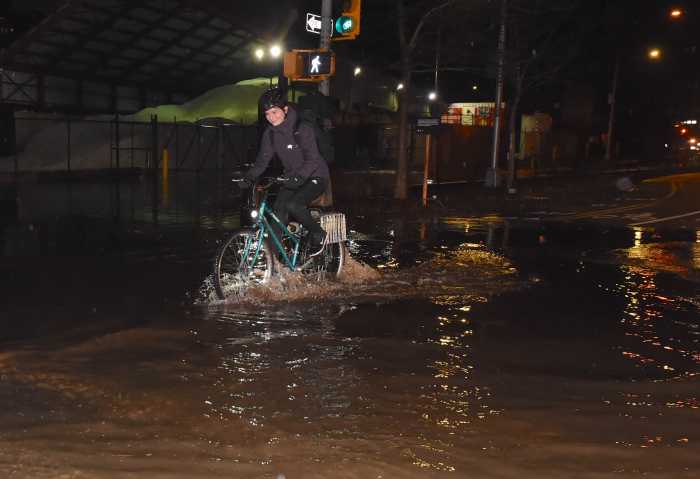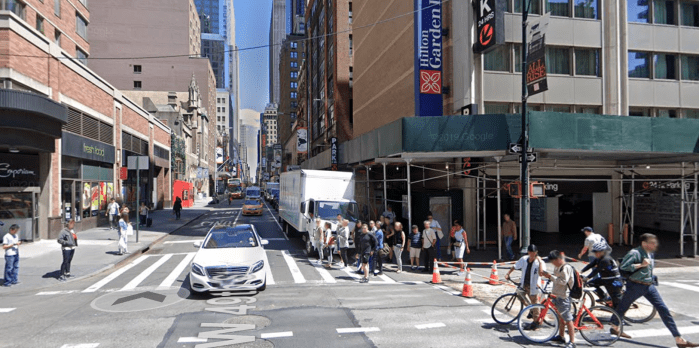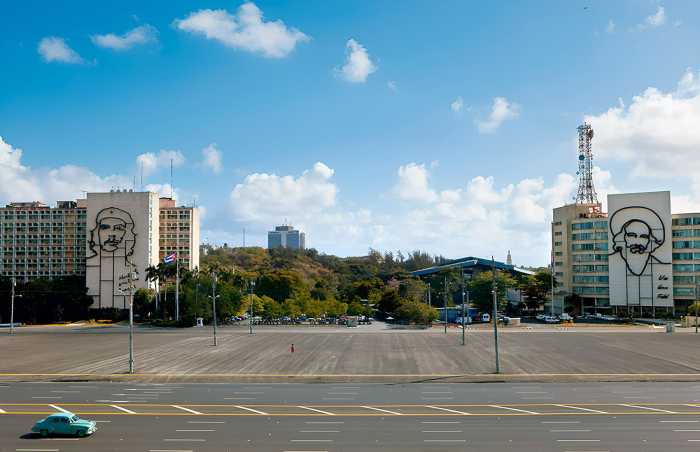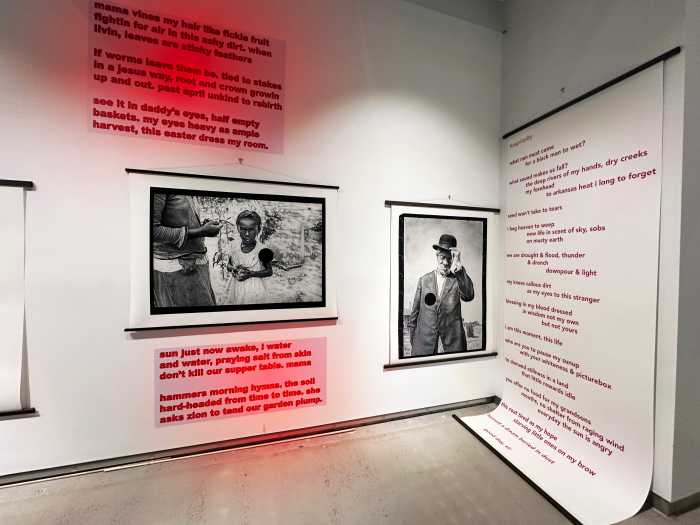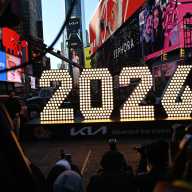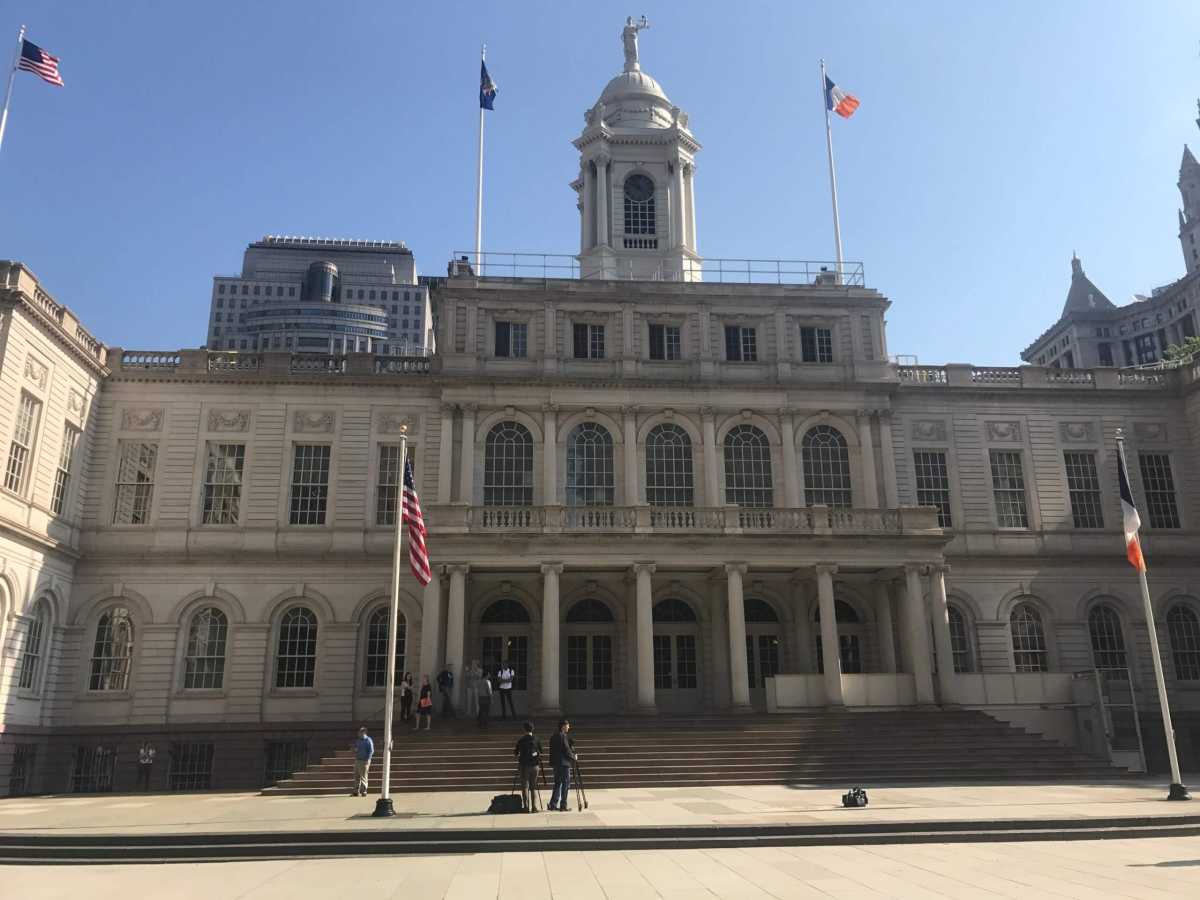The MTA for years has let Con Edison “estimate” many of its electric bills, potentially leading to millions of dollars in overcharges for utilities, according to a new report from the MTA Inspector General.
The IG reported that the MTA spent $429 million on nearly 3,300 electric bills in 2021, with most of its power being delivered by Con Ed, one of the nation’s largest utility providers. The company’s electricity powers everything from third rails to operate subway trains, to the signals governing trains’ movement, to simply keeping the lights on.
But as with residential and commercial customers, the utility is permitted by law to “estimate” the MTA’s bills if a company inspector is unable to access the meter for whatever reason, whether it’s situated in a hard-to-reach spot or no one is available to escort the inspector to the meter. A spokesperson for Con Ed said estimates, a tactic used by public utilities for years, are usually based on prior usage patterns.
The IG, an independent watchdog agency monitoring the MTA, was troubled by its findings when it visited 60 meters throughout the system associated with 21 of the accounts with the highest estimated bills, representing about $118 million in billing between 2019 and 2021. Between October 2019 and May of 2022, one single Metro-North account ran up $78.5 million in bills, all estimated by Con Ed; the utility also estimated $66.3 million in billing for a single Long Island Rail Road account in the same timespan.
Of the 60 meters with estimated billing, 10 were found to be out of service, while another 21 were not located where agency records said they should be. Instead, the investigators found meters with different serial numbers that had never been recorded in the MTA’s bookkeeping. Final readings of the 21 meters could not be located and the actual amount of electricity used by those accounts “will never be known.”
It’s not clear just how much the MTA — which is facing down a fiscal crisis and is set to raise fares this year — overpaid for its electricity, but considering the breadth of the agency’s operations and the current required to sustain it, the number could potentially be in the millions. The agency recently told state regulators that high electric bills could potentially derail its plans to electrify the city’s bus fleet, the New York Post reported last month.
The agency has already found clear instances of overbilling for which it received refunds, the IG says. During the height of the COVID-19 pandemic, the MTA took the unprecedented step of shutting down the subway overnight, from 1 to 5 am, for more than a year in order to clean and disinfect trains.
As it turned out, Con Ed continued to bill the authority based on pre-pandemic estimates instead of actual electricity usage, which would have reflected four fewer hours per day of train service; for those overcharges, the MTA has already been refunded or credited more than $7.1 million for select accounts.
Both the MTA and Con Ed say the usage of estimated billing, especially in a long-term fashion, is going the way of the dodo with the advent of smart meters that can monitor and communicate electricity usage remotely.
“As older electric meters are replaced, the percentage of estimated bills has declined and continues to trend down,” said MTA spokesperson Michael Cortez in a statement. “Wherever estimated billing is greater than actual usage, the MTA identifies the difference, proactively requesting and receiving appropriate credits.”
The new smart meters are not perfect, but are a marked improvement from the old ones, the IG posits. Unlike on traditional meters — where problems can’t be diagnosed without physically visiting a location — Con Ed and the MTA are immediately able to spot an issue when a smart meter isn’t communicating with the utility’s control center, allowing crews to be dispatched to make the fix. Data transmission issues could occasionally require estimated billing, but the IG forecasts the new meters will significantly curtail the phenomenon.
Con Ed and MTA crews made 73 visits to New York City Transit properties for smart meter checks in the first five months of 2022, the report notes, though a Con Ed spokesperson said not all of them were for issues with their equipment.
“Con Edison will continue to work closely with the MTA to help resolve the issues identified in this report. Should billing adjustments be required, they will be done in a timely manner,” said Con Ed spokesperson Allan Drury. “The audit failed to report that many of the 73 site visits were proactive and unrelated to problems with Con Edison equipment. The visits were for a range of reasons, including to investigate conditions on MTA equipment that could have led to outages.”
The IG’s office further recommends the MTA set course to eliminate long-term estimates, periodically review estimated bills and reconcile them with meter readings, and map the locations of all specific meter readings; the agency says it’s on course to “significantly reduce” long-term estimates and implement review procedures by the end of this year, while a “workplan” for mapping its meters should also be expected by the end of 2023.
The MTA says it may have a harder time meeting a recommendation to have “procedures in place” for determining accurate final readings and recorded account closings when meters are removed or replaced, potentially due to staffing shortages. The authority says it will “investigate the possibilities around this with Con Edison” and report back to the IG by the second quarter of this year.



